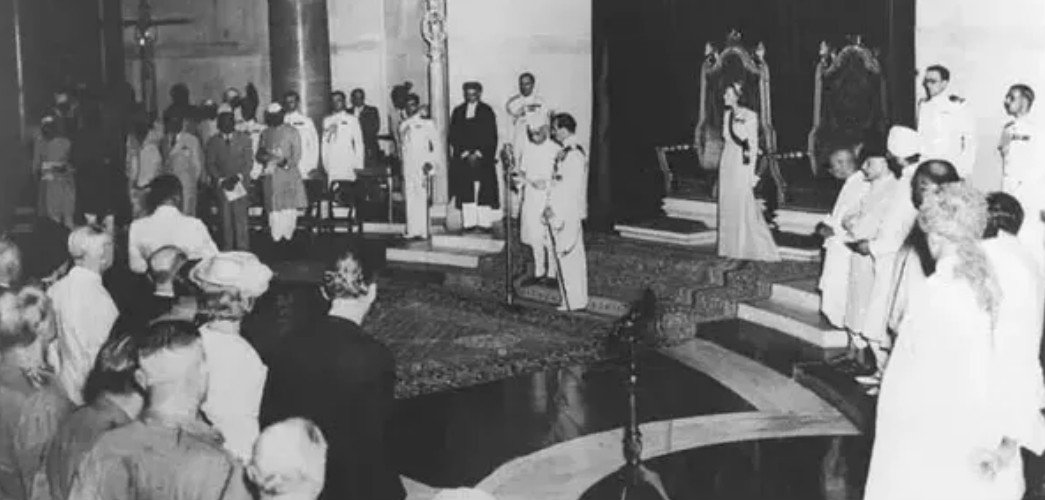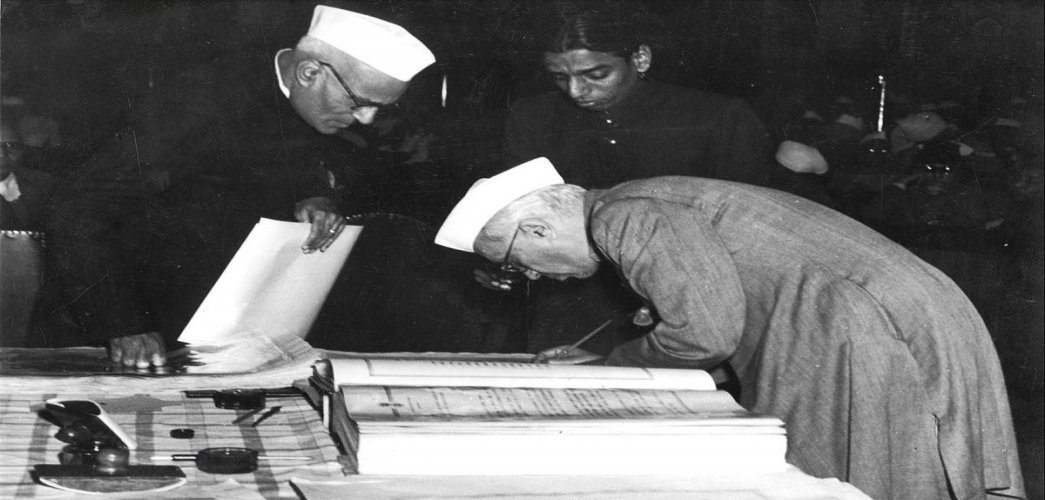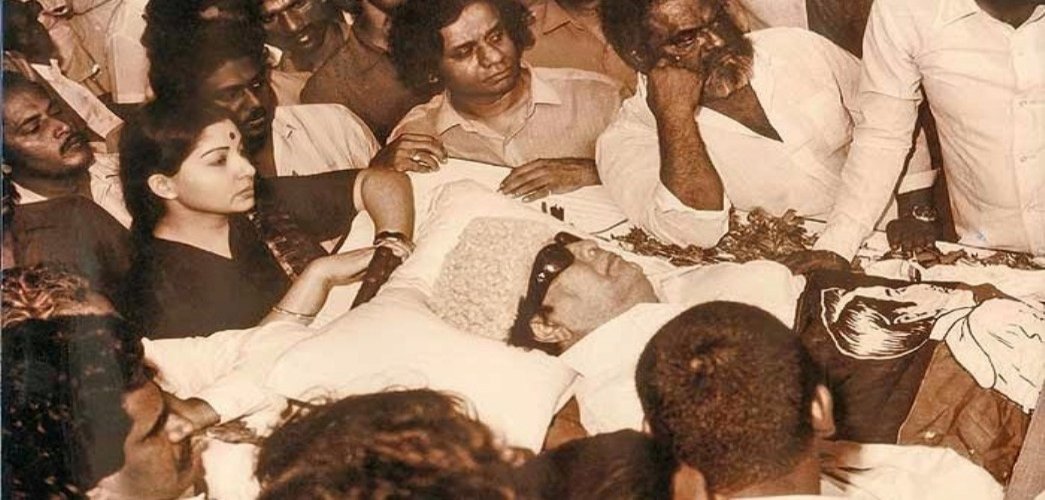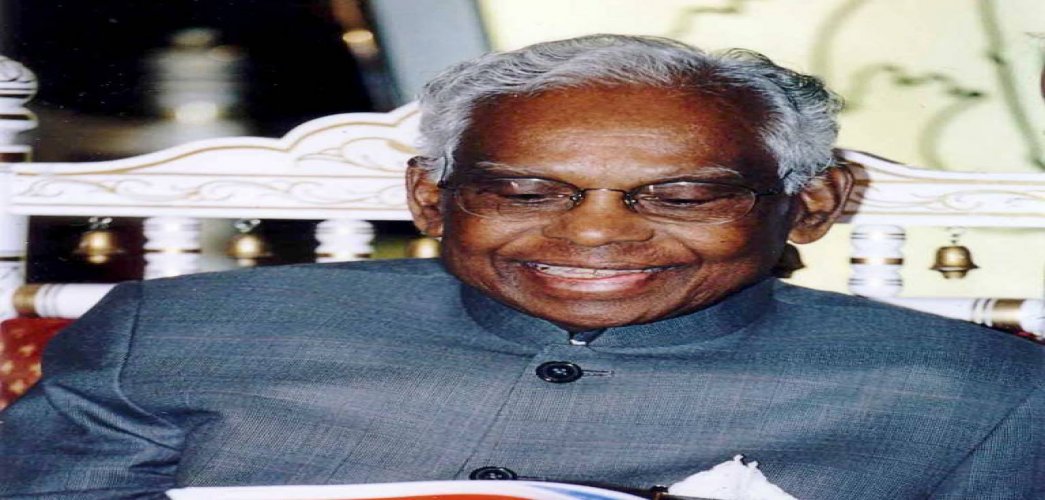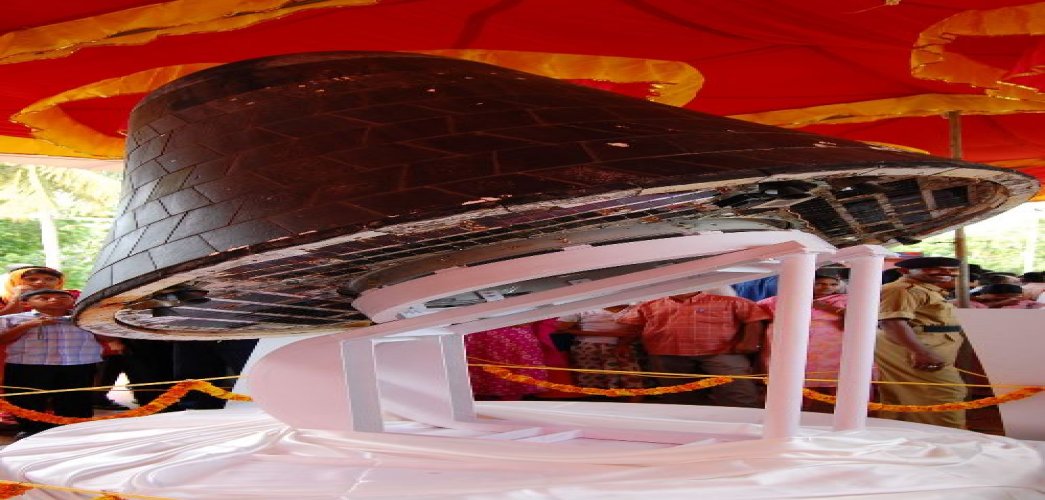Nathuram Vinayak Godse sentenced to death; hanged till death
-

After the trial, the unapologetic assassin, Nathuram Vinayak Godse, was sentenced to death and on November 15, 1949, and hanged at the Ambala jail. Narayan Apte, a co-conspirator in the assassination of Mahatma Gandhi, was also hanged the same day.
-

January 1, 1949: The Reserve Bank of India was nationalised. The first Indian to hold the position of the Governor of RBI was Mr. C.D. Deshmukh. He was the third governor of RBI. In his tenure, RBI transitioned from a shareholder’s institution to a state-owned organization. He was, however, against the nationalization of banks.
-

India and Pakistan sign the Karachi Agreement. The Karachi Agreement of 1949 was signed by the military representatives of India and Pakistan, supervised by the United Nations Commission for India and Pakistan, establishing a cease-fire line in Kashmir following the Indo-Pakistani War of 1947. It established a ceasefire line which has been monitored by United Nations observers from the United Nations since then.
-

Prime Minister Jawaharlal Nehru moved the resolution for Republic in constituent Assembly. The Constituent Assembly discussed this Draft Constitution in 114 sittings, spread over 2 years 11 months and 17 days thoroughly. The final Constitution was adopted by the Constituent Assembly on 26th November 1949. This day is also known as National Law Day. This Constitution came into force on 26th Jan 1950. From that day, India is the Sovereign Independent Republic.
-

November 26, 1949: Dr. Rajendra Prasad, the President of the Constituent Assembly of India, signing a copy of the new Constitution of the Indian Republic at the Constitution Hall, now known as the Central Hall of Parliament.


Nathuram Vinayak Godse sentenced to death
After the trial, the unapologetic assassin, Nathuram Vinayak Godse, was sentenced to death and on November 15, 1949, and hanged at the Ambala jail. Narayan Apte, a co-conspirator in the assassination of Mahatma Gandhi, was also hanged the same day.

The first Indian to hold the position of the Governor of RBI was Mr. C.D. Deshmukh
January 1, 1949: The Reserve Bank of India was nationalised. The first Indian to hold the position of the Governor of RBI was Mr. C.D. Deshmukh. He was the third governor of RBI. In his tenure, RBI transitioned from a shareholder’s institution to a state-owned organization. He was, however, against the nationalization of banks.

Karachi Agreement between India and Pakistan
India and Pakistan sign the Karachi Agreement. The Karachi Agreement of 1949 was signed by the military representatives of India and Pakistan, supervised by the United Nations Commission for India and Pakistan, establishing a cease-fire line in Kashmir following the Indo-Pakistani War of 1947. It established a ceasefire line which has been monitored by United Nations observers from the United Nations since then.

Constitution was adopted by the Constituent Assembly
Prime Minister Jawaharlal Nehru moved the resolution for Republic in constituent Assembly. The Constituent Assembly discussed this Draft Constitution in 114 sittings, spread over 2 years 11 months and 17 days thoroughly. The final Constitution was adopted by the Constituent Assembly on 26th November 1949. This day is also known as National Law Day. This Constitution came into force on 26th Jan 1950. From that day, India is the Sovereign Independent Republic.

Dr. Rajendra Prasad signing a copy of the new Constitution of the Indian Republic
November 26, 1949: Dr. Rajendra Prasad, the President of the Constituent Assembly of India, signing a copy of the new Constitution of the Indian Republic at the Constitution Hall, now known as the Central Hall of Parliament.






